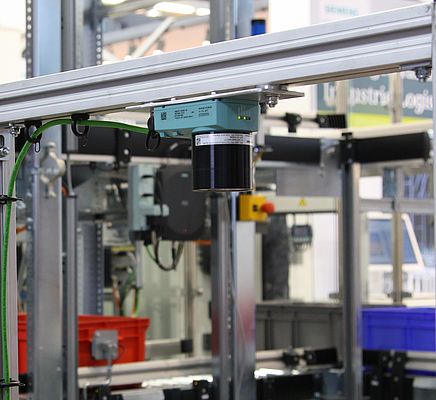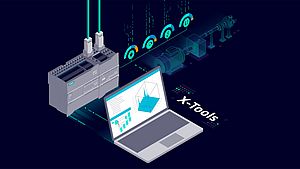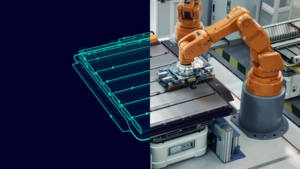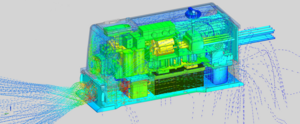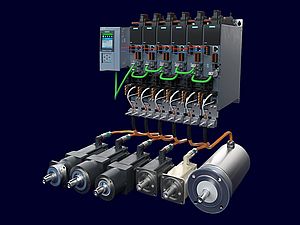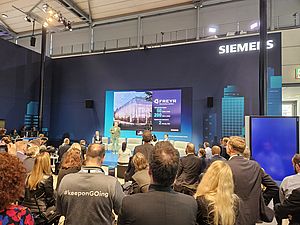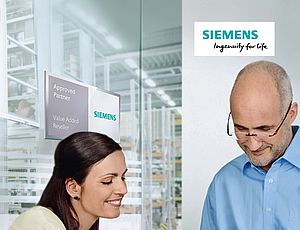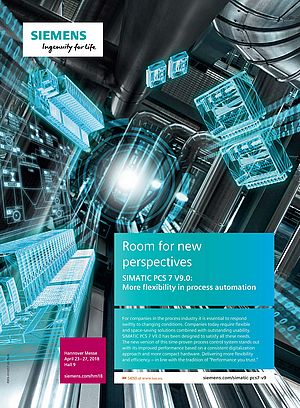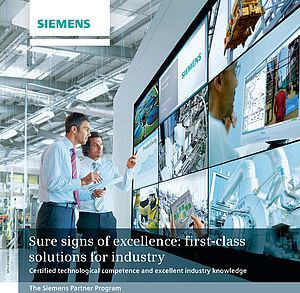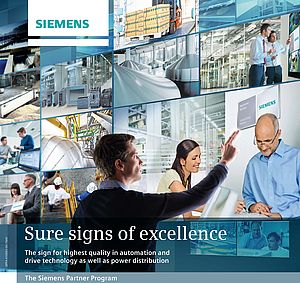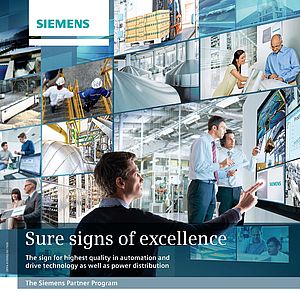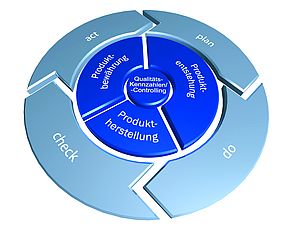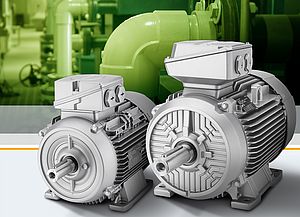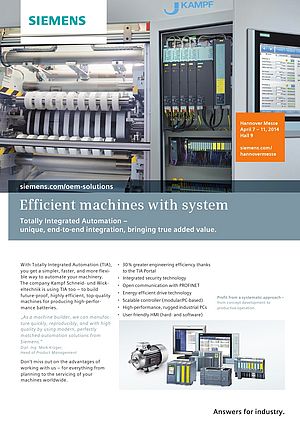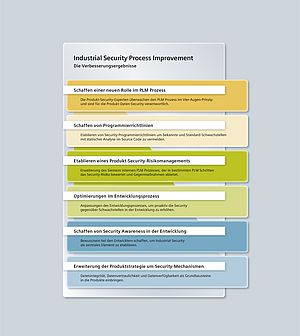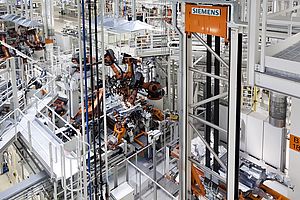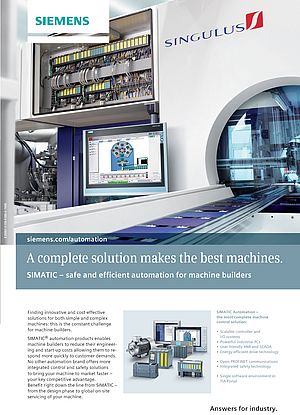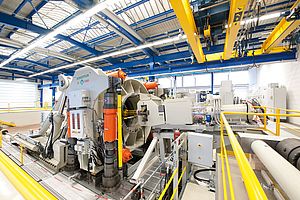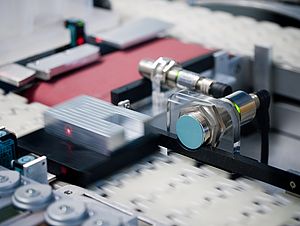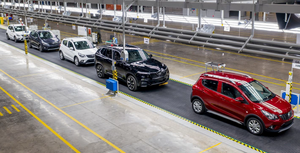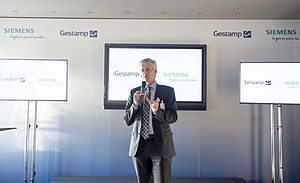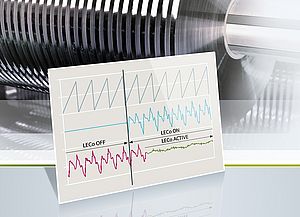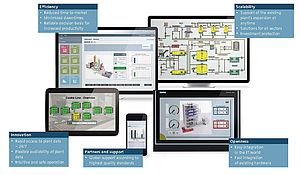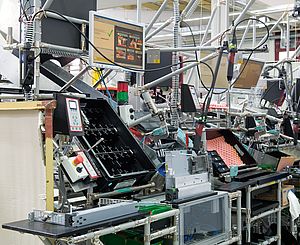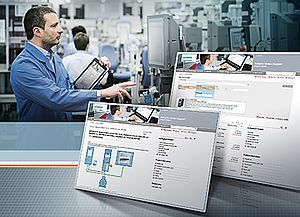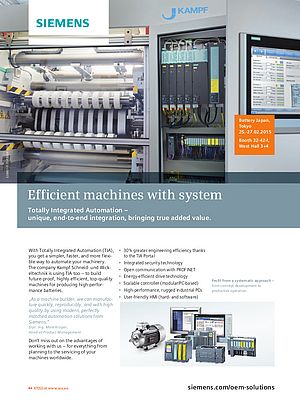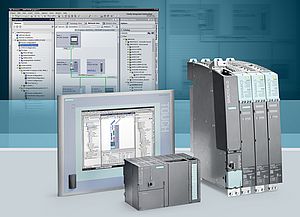The need for industrial identification exists across all industries. The diversity of identification tasks is as great as the materials to be marked and the production conditions to be considered. For the identification in the production and logistics, Siemens with its SIMATIC Ident product portfolio therefore offers – depending on the respective application – RFID systems based on radio waves as well as optical reading systems for recognizing 1D and 2D codes, plain text and objects. These dependable technologies assure the complete traceability of products and components throughout the production, procurement and shipping processes.
What are difficult Conditions?
Due to its global spreading and growing importance, the present development in the field of industrial identification is shaped by an ever progressing standardization of the marking and thus indirectly of the reading conditions. For instance, in the automotive industry, ISO 29158 – the checking of the code quality – provides a clear definition of what is a good marking quality and what is a bad marking quality. From this, one could conclude that only good, easily readable code qualities occur in the production. However, difficult reading conditions for 1D and 2D codes can arise in the application fully independent of the marking quality. The marking type "dot-peening", for example, is widely used for metal products. With this marking type, the structures of the code, such as a data matrix code, are embossed onto the surface of the product with a metal pin.
Camera-based code reading systems, like the human eye, can only discern differences in brightness and thus only the shadows cast by the embossed marking. Consequently, the appearance of the code varies greatly depending on the light incidence. Here, difficult reading conditions originate from the marking method – requiring professional code readers despite a standardized marking quality.
Other difficult reading conditions arise in the environment of the production or logistics. Damage to the code structure, discoloration of the code-bearing surface, extraneous light from the surroundings and movement of the code to be read (i.e., of the code-bearing object) are among the most important influences.
Features of an Industrial Code Reader
In accordance with the challenges mentioned in the areas of industrial production and identification, professional readers – in addition to the adherence to a certified marking quality – are a prerequisite for achieving the targeted maximum reading reliability.
Within the portfolio of the optical SIMATIC code reading systems, the devices are primed for use in difficult production environments thanks to their powerful product features. For instance, the stationary code readers offer daylight-independent lighting concepts to eliminate uncontrollable extraneous light such as a low sun or moving flood lights.
Handheld SIMATIC readers make up for a less than optimal orientation of the reader relative to the code by flexibly varying the illumination direction – so that the maximum reading reliability can still be obtained. Should the reading distance be the cause for the difficulty of the reading, the handheld readers offer the patented dual-field image recording process. Two images for two overlapping focus ranges are recorded at the same time. As a result, a sharp picture for the code reading is available within a long focus range – independent of the user behavior.
Collectively, the stationary and mobile code readers are characterized by exceptionally high-performance software and hardware. On the basis of the powerful hardware, the industrial-suited software achieves maximum reading reliability values – despite adversities that may occur during the production. For instance, the movement of the products, in particular high-frequency vibration, is completely eliminated by means of an extremely short exposure time (min. 10-6 s). Extremely short lighting periods, in turn, require a high-powered light source for the code reader. Here, too, the portfolio of stationary code readers offers the right products.
Easy and safe System Integration
In addition to the performance of the code readers, a reliable identification and error-free operation of the overall facility also require the successful transmission of the reading result to the central control system. Special attention was thus paid to the failsafe integration of the code readers into the automation engineering. The communication modules from Siemens provide a seamless integration into PROFIBUS, PROFINET or Industrial Ethernet systems. On the basis of the standards mentioned, the correctness and predictability of the transmission of the data acquired are assured. Standard protocols offer comprehensive diagnostic functions, which optimally support the troubleshooting – thus minimizing the commissioning time, i.e., the plant downtime.
An important part of the system integration for industrial identification systems – and particularly object recognition systems – is the integration into the control procedures of the overall plant. For this, the code readers possess system-tested function blocks for SIMATIC S7 and SIMOTION as well as the ability of connecting to SINUMERIK controllers. The blocks are available in the TIA Portal engineering environment and do not have to be created and tested project-specifically. This ensures an end-to-end solution and saves considerable effort and costs.
Reduced Configuration Effort
Besides the connection to the control system, the integration into the visualization concept of a plant represents an important customer requirement and device function. The products of SIMATIC Ident support the integration of the visualization into existing SIMATIC HMI devices as well as into third-party devices. As a result, no separate visualization hardware is needed for the implementation of the code reading function in the overall plant. This reduces the construction costs, the space required and the wiring work for a plant, especially since the visualization of the object recognition is not necessary during failure-free operation. During this time, the visualization device is better utilized for depicting the overall status of the plant. In the event of a fault, however, the underlying image – specifically for optical testing devices – is especially helpful to the machine operator. With the optical readers from Siemens, the use of the integrated, web-based user interface is especially easy – either as stand-alone solution or as integrated component of a plant user interface. The user can utilize the existing user interface without having to carry out own testing or integrate the Siemens device via a customized visualization.
The industrial identification on the basis of optical sensors is a standard function in industrial manufacturing. The standardization of the industrial identification as well as the high-performance products from the SIMATIC code reader portfolio provide maximum detection reliability – independent of production-related application difficulties. The standardized connection via system-tested function blocks and the plant visualization with standardized communication interfaces increase the operational reliability and reduce the configuration effort as well as the project risk.


